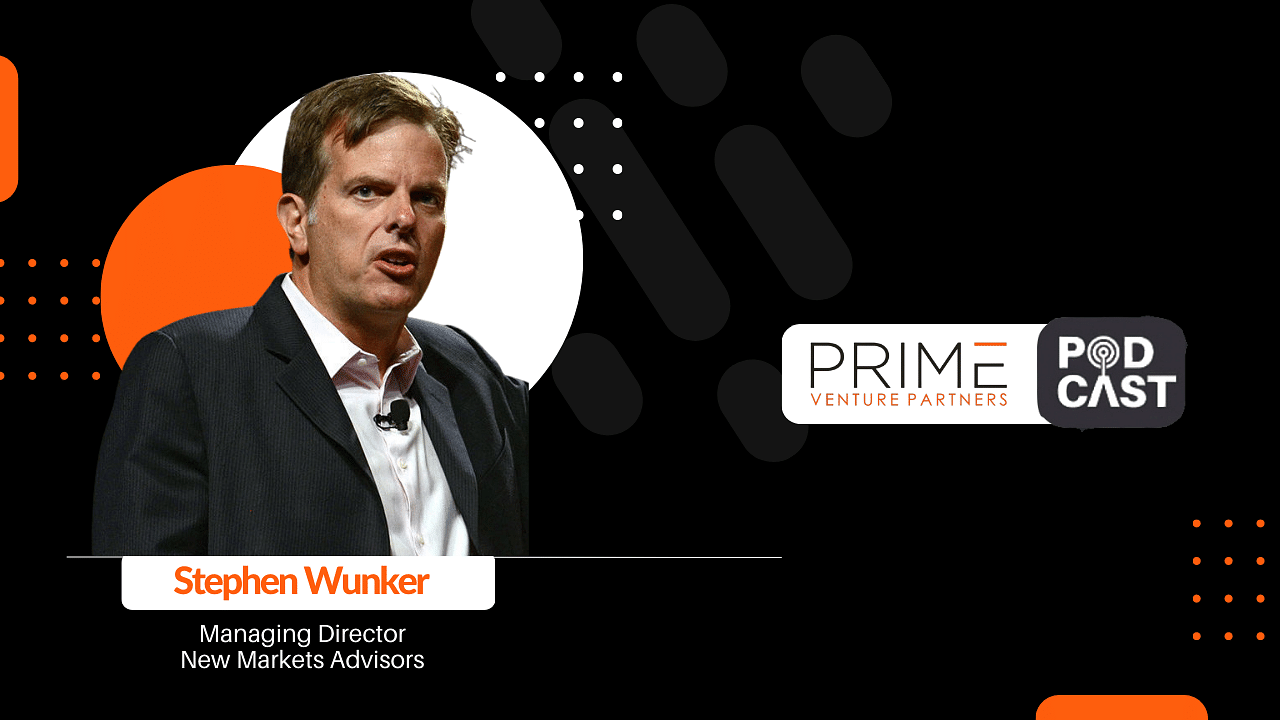Stephen Wunker wears many hats. As an author, he’s published three award-winning books— Capturing New Markets: How Smart Companies Create Opportunities Others Don’t, Jobs to Be Done: A Roadmap for Customer-Centered Innovation, and Costovation: Innovation That Gives Your Customers Exactly What They Want – and Nothing More.
He regularly writes for renowned publications, including Forbes, Harvard Business Review, and The Financial Times. He was one of the earliest adopters of smartphones and pioneered development in the 1990s.
As an entrepreneur and thought leader, Stephen has worked closely with Professor Clayton Christensen from Harvard Business School. In 2009, he founded New Markets Advisors and has helped countless founders as a growth and innovation consultant.
Jobs to Be Done in Tech, Stephen’s recently released mini-book, takes readers on a deep dive into the applications of the ‘Jobs to Be Done’ framework in the current tech landscape.
The ‘Jobs to Be Done’ framework: A closer look
Simply put, the ‘Jobs to Be Done’ approach puts a spin on the traditional process of customer discovery. It requires entrepreneurs to look beyond consumer pain points and purchase habits and identify the underlying motivations that drive purchase and usage behaviour. It’s equally applicable to B2B and B2C organisations.
“You can’t just ask people what they want because oftentimes they are very focused on what they’re doing today and the existing competitive scene, you can’t necessarily just focus on what the pain points are with their existing approaches because oftentimes those approaches are totally unsuited or very narrowly defined versus what you might be able to actually accomplish for them,” says Stephen.
Besides understanding customers better, the framework gives businesses a comprehensive overview of their competitive landscape (beyond direct competitors). That, in turn, helps them develop more sophisticated solutions that guarantee customer success. It can also help identify different market segments and build tailored offerings for each segment.
While most businesses focus on functional jobs that customers want to accomplish, it’s a good idea to identify their emotional jobs as well. Every sector, from retail to healthcare to banking, is associated with specific emotional jobs. Businesses that identify and address them are the ones that stand out from the crowd.
“So human beings are not robots. And if you can discern what those emotional Jobs to be Done are, that’s gold. Because you can price at a premium for emotional Jobs to be Done. It’s very hard to do an apples-to-apples comparison between vendors on emotional Jobs to be Done. But those are often some of the key factors that actually drive a purchase decision,” says Stephen.
Getting started with the framework
While most entrepreneurs are familiar with the ‘Jobs to Be Done’ approach, they still struggle to implement it. That’s because they often rely on conventional techniques like focus groups to understand target customers.
Instead, a more effective approach is to conduct in-depth interviews and use the information collected during those interviews to host detailed online surveys. Also, it’s crucial to remain objective during interviews and avoid leading interviewees in a particular direction.
“I’m all in favour of moving very fast, but if possible you would want to do a survey after doing the qualitative research because the qualitative uncovers the surprises for you. And then the quantitative tells you who has that issue, how common is it. Does it coincide with other particular issues? How can we assess it versus other priorities they might have that might help with making trade-off decisions,” remarks Stephen.
Mistakes to avoid
One of the most common mistakes business owners make is to ask too many questions and end up with a long list of jobs. Also, they often assume that a job is just a problem waiting to be solved, whereas those are both different things.
A better approach is to identify three or four North Star jobs that can help you stand out from competitors and understand the success criteria for accomplishing those jobs. Next, you need to determine the current approaches people use to get those jobs done.
“The job in and of itself is very important and frames the analysis, but it is not enough. So once you have all those layers of detail, then you’ve got something that’s both very granular, but also things that are related to much higher order sorts of needs that people have,” concludes Stephen.
You can listen to the full episode here.
Time stamps
01:57 – Introduction to ‘Jobs to Be Done’
04:15 – ‘Jobs to Be Done’ in tech
11:54 – A new take on customer discovery
21:55 – Common ‘Jobs to Be Done’ mistakes
27:00 – Tips to conduct in-depth interviews










